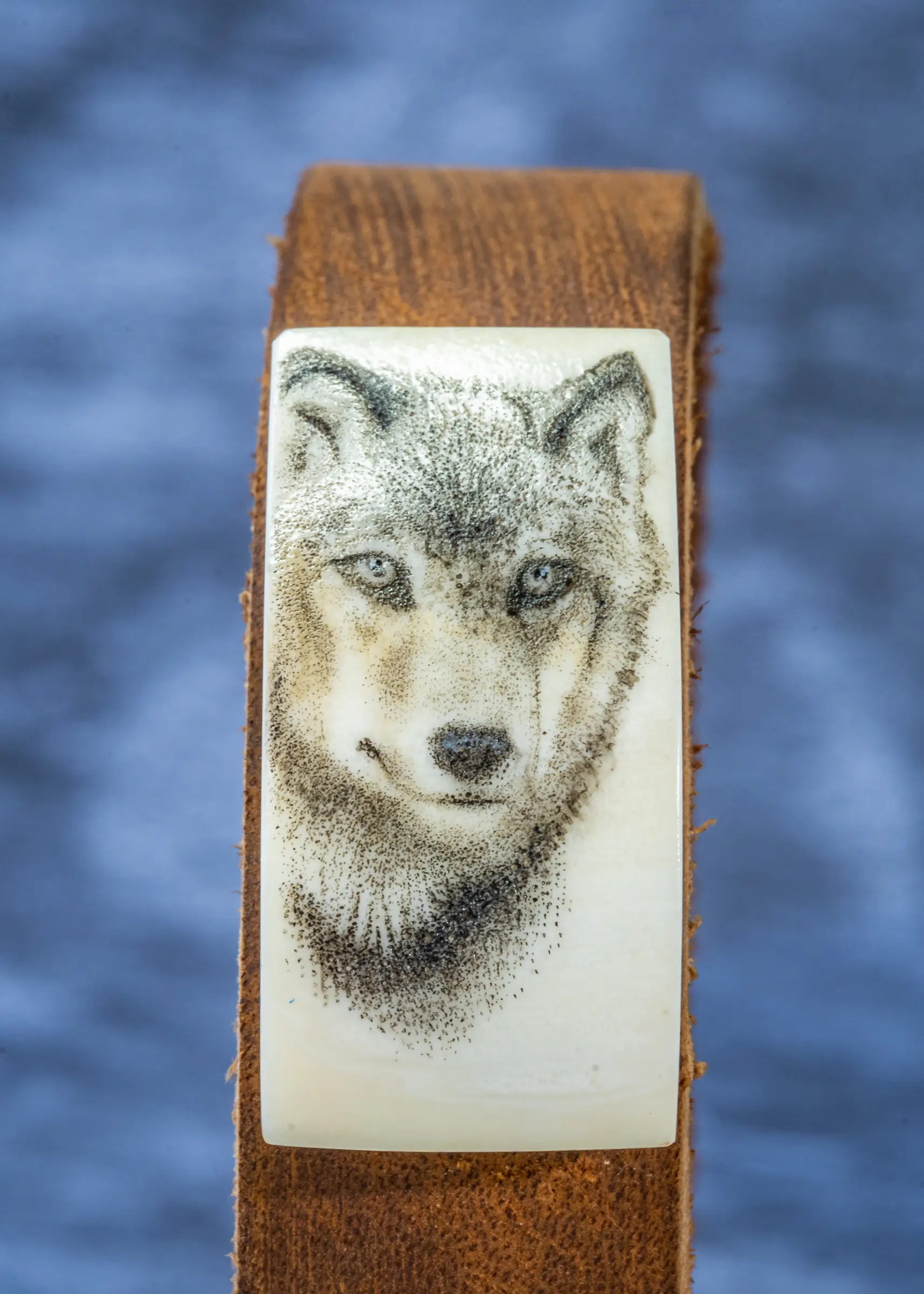info@mammoth-fossils.com


Mammoth ivory refers to the ivory obtained from the tusks of mammoths, which are extinct relatives of modern elephants.
Mammoth ivory is prized for its quality, durability, and unique appearance.
It has been used for various purposes throughout history, including art, jewelry, and carving.
Due to the ban on elephant ivory trade in many countries, mammoth ivory has become a legal and ethical alternative for ivory enthusiasts and artisans.
The ivory is typically recovered from permafrost or sediment deposits in regions where mammoths once roamed, such as Siberia.
Recognizing mammoth ivory involves several factors:
1. Texture: Mammoth ivory often has a more porous texture compared to elephant ivory due to the presence of small air pockets.
2. Color: Mammoth ivory can vary in color from creamy white to light brown, depending on factors such as the age of the specimen and the environment in which it was preserved.
3. Grain: Mammoth ivory typically displays a distinctive grain pattern, which may appear more irregular or wavy compared to the more uniform grain of elephant ivory.
4. Schreger Lines: These are distinctive cross-hatched patterns visible on the surface of mammoth ivory when viewed under certain lighting conditions. These lines intersect at angles of approximately 115 and 65 degrees.
5. Density: Mammoth ivory is generally less dense than elephant ivory, which can sometimes be detected by its weight and feel.
6. Origin: Mammoth ivory is often found in regions where mammoths once roamed, such as Siberia, Alaska, and parts of Europe. If the provenance of the ivory is known, it can help confirm its authenticity.
7. Professional Assessment: If in doubt, seek the expertise of professionals or appraisers who are knowledgeable about ivory identification. They may use specialized tools and techniques, such as DNA testing or carbon dating, to confirm the authenticity and age of the ivory.